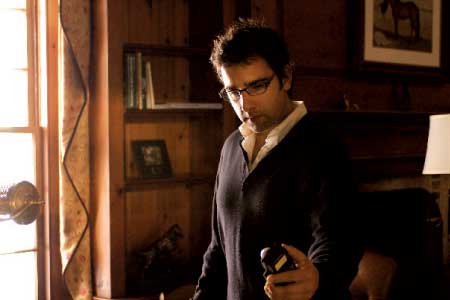 Back to selection
Back to selection
CAMERA READY: FOUR CINEMATOGRAPHERS ON THEIR CRAFT


Originally published in our Spring 2008 issue, top flight DPs Andrij Parekh, Tim Orr, Sean Kirby and Ellen Kuras give candid insights on the formats they shoot on.
Here Parekh (pictured above) talks about how shooting on video at times doesn’t speed up a shooting day:
How will your format choice affect the physical production in terms of making it easier or, depending on your choice, more challenging? Are there budgetary ramifications? I find that shooting video actually takes more time, not less, than shooting on film. One has to be extremely particular regarding lighting. The main problem is that what you are looking at on the monitor is what you are going to get, and that seems to create an obsessive perfectionist attitude in both the d.p. and the director, as well as anyone else who is standing by the monitor. I find that shooting video leads to more tweaking and less shooting, so by the end of a 12-hour day, you probably have done almost the same amount of work (in terms of numbers of takes) as you would have done by shooting film. There is the idea that one can roll and roll and roll, but it never seems to happen. Sure, you don‘t have to cut, but then you just bombard the editor with a ton of material. It‘s tricky. There is something about letting go and trusting the medium of film, which doesn‘t really occur in video. And when shooting video you rarely allow for the “mistakes” like lens flare, etc. to happen, and these kind of mistakes can lead to images far more beautiful and enchanting than anything you had originally planned. You also need to be in a black box to look at the monitor (to judge exposure, etc.), so instead of being at the camera, operating, with the director next to me, close to the actors, I will be in a black tent! It‘s a bit alienating; process is important for me.
